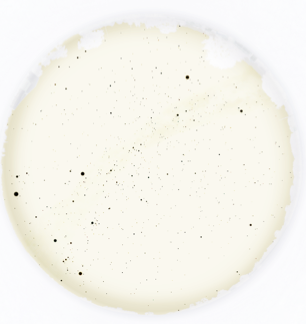Example Rubric
Celestial Navigation
If I were to teach an Astronomy 101 course, one of my course goals is a content goal: that students can look up at the night sky and know what is up there. More practically, students should be able to use the night sky to find north and estimate the their latitude. I developed a rubric to assess how well students achieve this course outcome. It also grades students on their methodology as they describe how they got to their final answer.
I would like to progress students from memorizing pre-determined scenarios to using just a core few concepts to arrive at a conclusion. For example, did they memorize from a book that a waxing crescent moon is lit on the right side and sets in the West? Or, can they draw or describe the relative positions of the Earth, Moon and Sun and conclude that the Moon is setting and is therefore in the West. This is a broader course goal: that students use astronomy content to understand the scientific process. In this above example, the part of the scientific process I'd like to convey is the use of some core laws (the Earth's spin and the revolution of the Moon around the Earth) to explain a large amount of situations (observations of the Moon's position from different times and parts of the Earth).

Example Rubric
One of the challenges in this assessment is that students often prefer to memorize the answers ahead of time. Visualizing the sky above the horizon and the bird's eye view can be so difficult for a beginner that memorizing answers is much more appealing. However, this can be a lesson in one of the beauty's of physics: a simple set of rules, when applied correctly, can explain a huge amount of phenomena and prepare you for a situation you may have never encountered before.